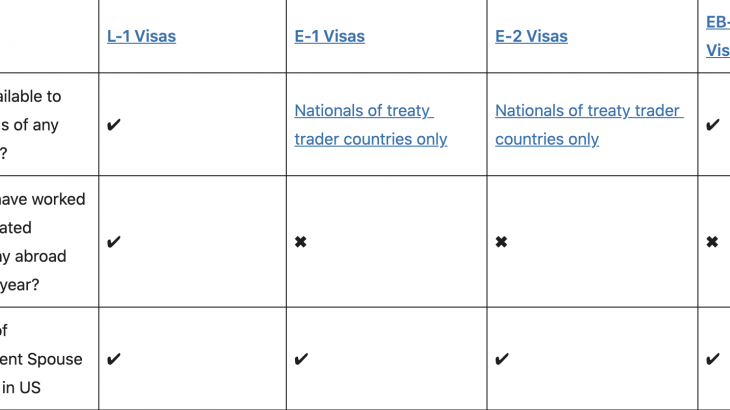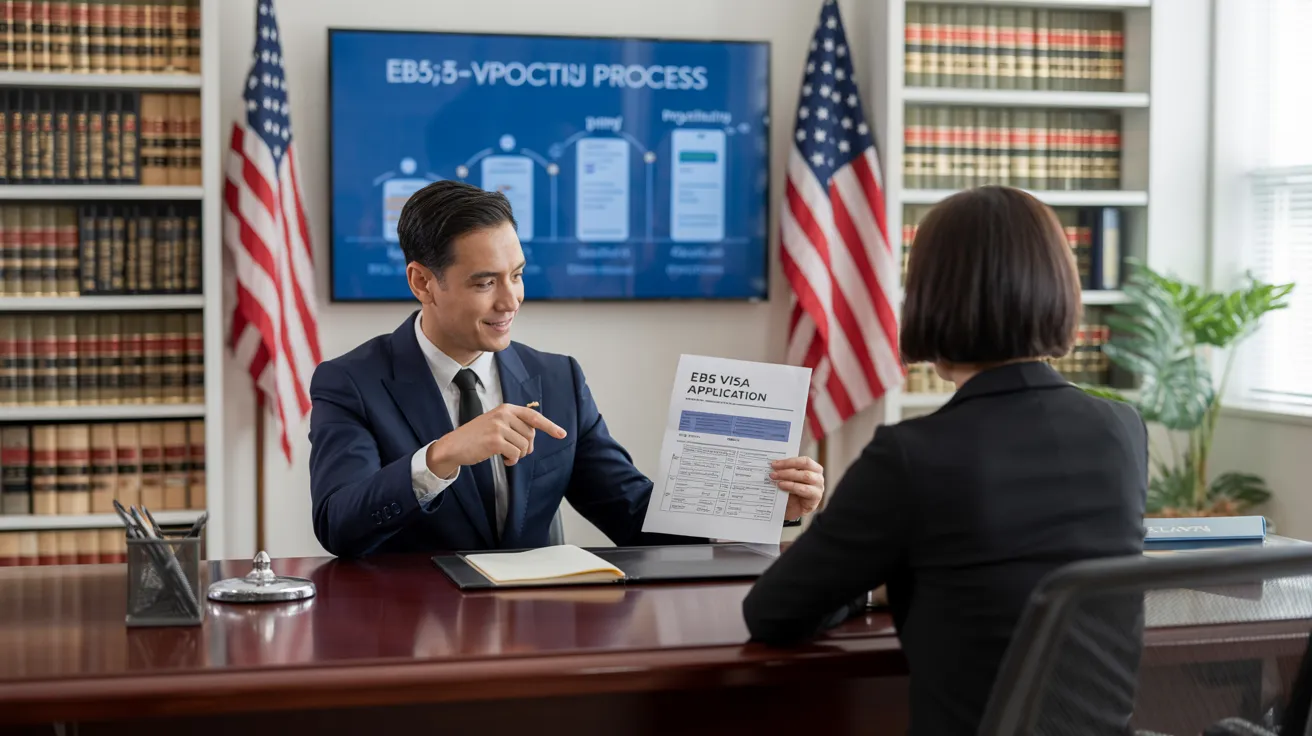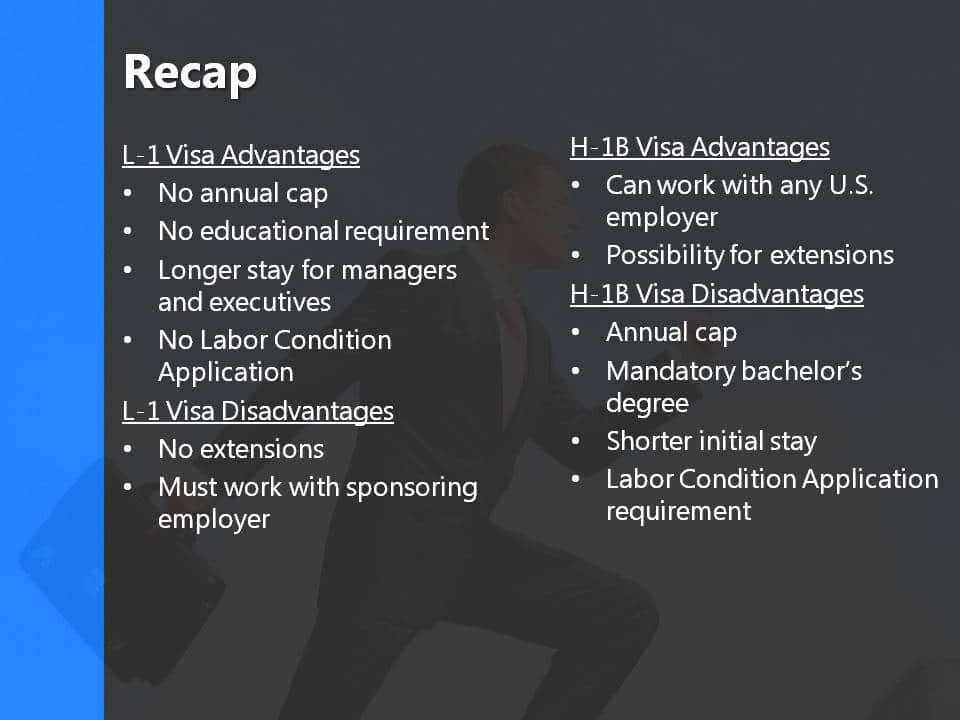Getting My L1 copyright Work
Table of Contents10 Simple Techniques For L1 Visa5 Simple Techniques For L1 VisaGetting The L1 copyright Work10 Easy Facts About L1 Visa ExplainedOur L1 Visa StatementsL1 Visa Things To Know Before You Get This
Offered from ProQuest Dissertations & Theses Worldwide; Social Science Premium Collection. DHS Office of the Assessor General. Recovered 2023-03-26.

United State Division of State. Retrieved 2023-02-08. Tamen, Joan Fleischer (August 10, 2013).
L1 Visa Things To Know Before You Buy
In order to be qualified for the L-1 visa, the foreign firm abroad where the Recipient was used and the United state business need to have a qualifying relationship at the time of the transfer. The different types of certifying partnerships are: 1.
Instance 1: Firm A is integrated in France and uses the Recipient. Company B is incorporated in the U.S. and wishes to request the Recipient. Business An owns 100% of the shares of Company B.Company A is the Parent and Company B is a subsidiary. Consequently there is a certifying relationship in between the two companies and Firm B ought to be able to fund the Recipient.
Instance 2: Firm A is included in the U - L1 Visa.S. and intends to petition the Recipient. Company B is included in Indonesia and employs the Beneficiary. Firm An owns 40% of Firm B. The remaining 60% is owned and controlled by Company C, which has no connection to Business A.Since Firm A and B do not have a parent-subsidiary relationship, Firm A can not fund the Beneficiary for L-1.
Example 3: Company A is integrated in the U.S. and wants to seek the Beneficiary. Firm B is included in Indonesia and uses the Beneficiary. Firm A has 40% of Business B. The continuing to be 60% is owned by Firm C, which has no connection to Business A. Nonetheless, Company A, by formal contract, controls and complete handles Firm B.Since Firm A has much less than 50% of Business B yet handles and manages the firm, there is a certifying parent-subsidiary relationship and Business A can sponsor the Recipient for L-1.
The L1 Visa PDFs
Business B is integrated in the United state
L1 Visa Fundamentals Explained

The L-1 visa is an employment-based visa group developed by Congress in 1970, allowing multinational firms to move their supervisors, execs, or crucial workers to their united state procedures. It is typically referred to as the intracompany transferee visa. There are two major types of L-1 visas: L-1A and L-1B. These types are ideal for workers hired in various placements within a firm.

In addition, the beneficiary has to have worked in a managerial, executive, or specialized worker position for one year within the three years preceding the L-1A application in the international firm. For brand-new workplace applications, international work must have been in a managerial or executive ability if the beneficiary is concerning the USA to function as a manager or executive.
L1 Visa - The Facts

If granted for an U.S. company functional for greater than one year, the initial L-1B visa is for up to 3 years and can be extended for an extra two years (L1 Visa). On the other hand, if the U.S. business is freshly developed or has actually been operational for much less than one year, the first L-1B visa is issued for one year, with extensions readily available in two-year increments
The L-1 visa is an employment-based visa classification developed by Congress in 1970, allowing multinational firms to transfer contact us their managers, execs, or crucial employees to their United state operations. It is typically referred to as the intracompany transferee visa.
10 Easy Facts About L1 Visa Shown
Additionally, the recipient must have operated in a managerial, executive, or specialized employee position for one year within the 3 years coming before the L-1A application in the foreign company. For brand-new workplace applications, international work must have remained in a managerial or executive capacity if the recipient is involving the United States to work as a manager or exec.
for as much as 7 years to look after the operations of the U.S. affiliate as an executive or supervisor. If released for a united state business that has actually been operational for even more than one year, the L-1A visa is originally approved for up to 3 years and can be extended in two-year increments.
If approved for a united state firm functional for more than one year, the first L-1B visa is for as read more much as 3 years and can be expanded for an additional 2 years. Alternatively, if the U.S. company is recently established or has actually been operational for less than one year, the explore your L1 Visa initial L-1B visa is provided for one year, with extensions available in two-year increments.
Comments on “L1 Visa Explained”